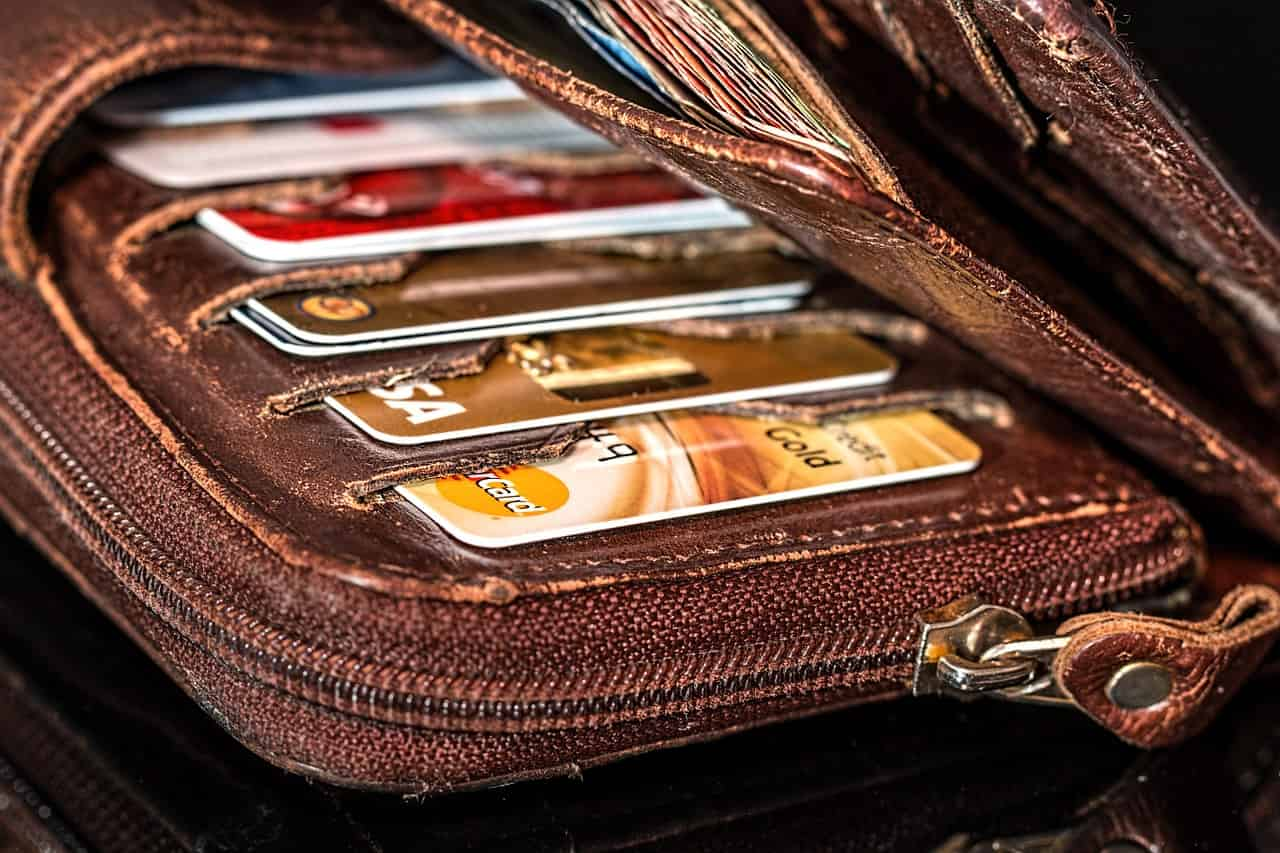
Reaching $4.3 billion in sales in 2020, Malaysia, despite having a smaller population than other countries in the region, has a high level of Internet and banking usage. Part of this is reflected in the comparatively high quality of business regulation in the country. Malaysia is ranked 24th in the World Bank’s Doing Business ranking. E-commerce sales are projected to reach $8.1 billion in 2024 and the e-commerce sector is expected to grow steadily in the coming years.
Online banking in Malaysia
Consumers in Malaysia typically have multiple credit and debit cards. Online banking has also had a significant impact on local payment preferences. Local banks such as Hong Leong, Maybank, CIMB, RHB Bank and Public Bank Berhad offer this payment method .
Boost is an electronic wallet. This method is a secure solution for cashless payments, which is popular in Malaysia. Boost is used by 8.8 million users for online shopping, paying bills, buying tickets, paying for transportation services, ordering food and recharging balances.
MCash is a digital wallet service provider with over 500,000 users.
The most popular payment methods in Malaysia
Online banking
Boost
MCash
Visa
Mastercard
PayNet
Japan
Japan has a high level of development of Internet services, banking services and payment cards, which has led to the popularity of e-commerce among local consumers.
In 2019, 38% of purchases were made online and total retail sales reached $1.3 trillion. In addition, Japan ranks fairly high on the World Bank’s Logistics Performance Index (5th in 2019), reflecting the high level of trade and transportation infrastructure as well as the high overall quality of logistics services. As a result, Japan’s e-commerce market is one of the largest in the world, with the e-commerce sector accounting for $494 billion in 2019.
Statistics show that 98% of the population has a bank account, 87% have a debit card, and 68% have a credit card. In addition to traditional Visa and Mastercard, businesses looking to operate in Japan should consider offering the local JCB card brand as a payment method by card.
In addition to cards, Japanese consumers pay for goods and services through online banking as well as cash in stores. For example, consumers can pay at convenience stores (Konbini) such as 7-Eleven, which are widespread throughout Japan.